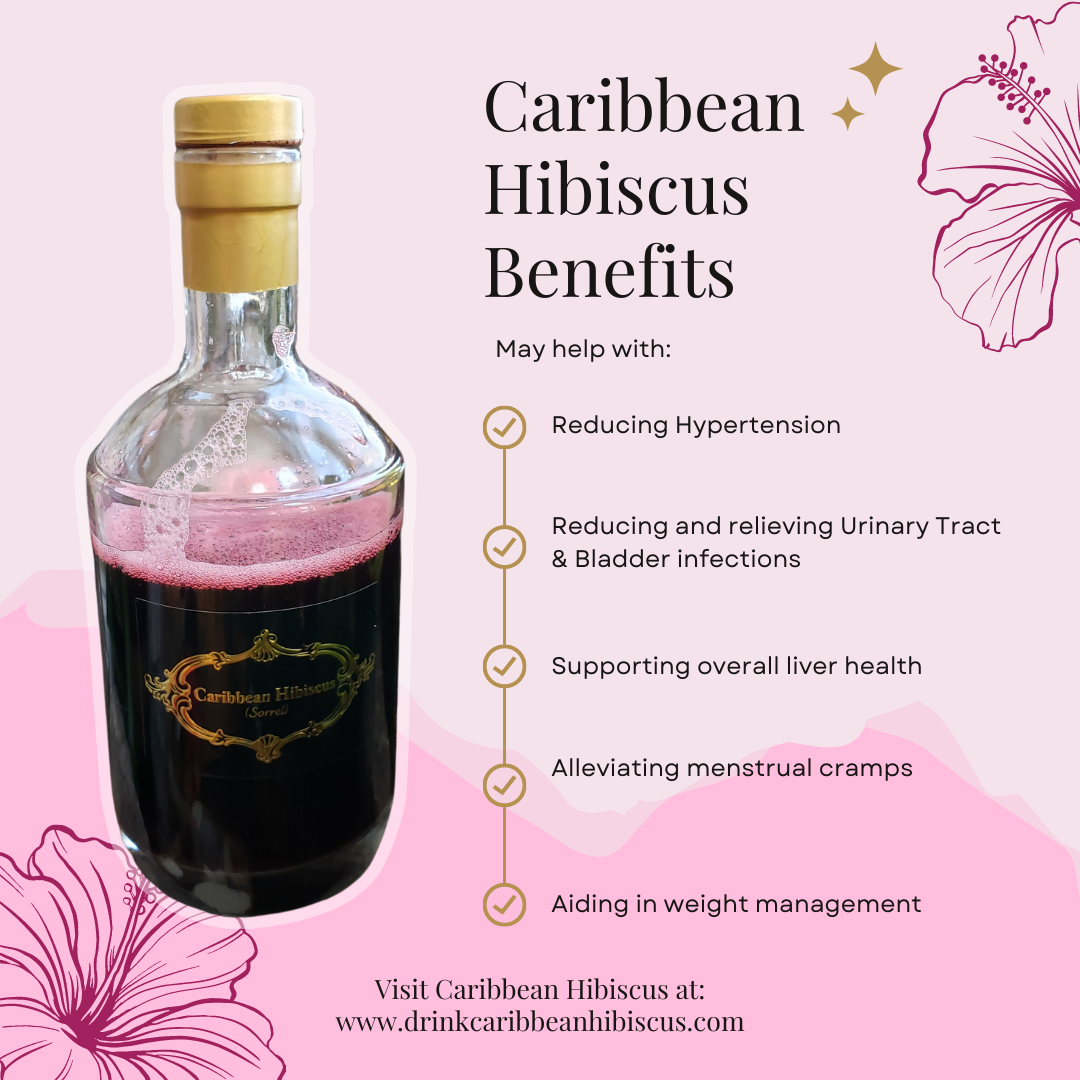
ADVERTISEMENT
You are being redirected to www.choicelegalaction.com
ATLANTA (SurvivorNet) — The popular artificial sweetener
aspartame that is used in diet soda and thousands of other “sugar-free” branded
products “possibly” causes cancer according to the World Health Organization.
The declaration comes after years of growing concern that the sweetener was a
carcinogen.
“We’re in the same place with the
aspartame regulations, but we can educate our population to say ‘no’. When you
want something sweet, eat a piece of fruit,” is the advice from Dr. Jennifer Rooke Assistant
Professor of Community Health and Preventative Medicine at Morehouse School of
Medicine.
Aspartame is not the only artificial
sweetener on the market, but it is used in more than 6,000 products. It has
“200 times” the sweetening potency of sucrose or regular table sugar according
to researchers studying
its potential cancer risks.
Some of the products aspartame is used
in include baked goods, powdered drink mixes, candy, dairy products, jams and
jellies, toothpaste, puddings, soft drinks, and many other beverages and foods.
Diet soda cans typically contain "192 milligrams, or 0.007 ounces" of
aspartame according to NBC
News.
“It's not just aspartame, it’s
artificial sweeteners in general that have been associated with an increased
risk of cancer, a 13% increased risk,” Dr. Rooke said.
It’s important to note, aspartame has
been approved for use by the Food and Drug Administration (FDA) for decades.
Other artificial sweeteners the FDA has approved include Acesulfame potassium (Ace-K), sucralose, neotame, Advantame, and saccharin.
On July 14, the World Health
Organization (WHO), the International Agency for Research on Cancer (IARC), the
Food and Agriculture Organization (FAO), and the Joint Expert Committee on Food
Additives (JECFA) “classified aspartame
as possibly carcinogenic to humans” if consumed beyond the acceptable daily
intake of “0-40 mg/kg body weight.” In other words, a person weighing 154
pounds would need to drink 9 to 14 cans of diet soda which contains 200 to 300
mg of aspartame to exceed the acceptable daily intake.
Dr. Michael Goran is a biochemist and
pediatric nutrition expert. He’s also a professor of pediatrics at The
Children’s Hospital of Los Angeles, which is affiliated with the Keck School of
Medicine at the University of Southern California. He’s been studying the
impacts of sugar intake on people for decades. He says even if aspartame loses
its positioning as a go-to artificial sweetener, other sweeteners can easily
take its place.
“Neotame is an
alternative artificial sweetener that is similar to aspartame however it is
much sweeter,” Dr. Goran says.
According to the FDA, neotame is 7,000
to 13,000 times sweeter than regular sugar.
“Because [neotame] is sweeter than
aspartame, companies can use smaller amounts. When ingredients in products are
in such small amounts, companies can add them to the ingredients list without
specifying them in greater detail,” Dr. Goran cautioned.

What
Does the Research Say on Aspartame and Its Cancer Risk?
Although aspartame is still considered
safe to use in moderation, health-related concerns have plagued the product for
years.
Currently, the FDA says,
“Based on the
available scientific evidence, sweeteners authorized by the FDA are safe for
the general population under certain conditions for use.”
The FDA says the acceptable daily
intake of aspartame using a packet commonly found on tabletops to sweeten
coffee or tea is 75. Beyond 75 packets, aspartame may be considered unsafe.
In 2017, researchers Arbind Kumar Choudhary and
Yeong Yeh Lee studied the connection between neurophysiological symptoms and
aspartame. They said the product had been linked to behavioral and cognitive
problems. Some of the neurobehavioral symptoms people experienced due to
aspartame included, headaches, seizures, migraines, irritable moods, anxiety,
depression, and insomnia.
However,
the concerns don’t end there. Cancer risks for aspartame increased in the late
1990s when scientists studied the carcinogenic effects of aspartame more
closely.
Researchers
Morando Soffritti, Fiorella Belpoggi, Eva Tibaldi, Davide Degli Esposti, and
Michelina Lauriola studied life-span exposure to low doses of aspartame in
rats. They said they found a link to cancer risks amid studies in 2006.
The
researchers began by pointing to a flaw in studies conducted by aspartame
manufacturers in the 1970s and 1980s. The manufacturers’ study exposed lab rats
to aspartame and studied them for roughly two years or 110 weeks afterward. For
context, a rat’s lifespan averages about 3 years.
However,
researchers in the 2006 study did not stop evaluating the rats after 110 weeks
instead they examined the rats until death. By doing this, they were able to
get a more complete understanding of the long-term impacts of aspartame.

The Universities of Louisiana Reginald F. Lewis Scholars enhances the collegiate experience of black male students.
Find out how you can support this program.
Learn more
The
results of their research left them with the conclusion, “APM (aspartame) is a
multipotential carcinogenic agent capable of inducing, in our experimental
conditions a) a significant, dose-related increased incidence of malignant
tumor-bearing animals.”
Some
of the cancer-related ailments found in the rodents included the blood cancers
lymphoma and leukemia.
“On
the basis of the present findings, we believe that a review of the current
regulations governing the use of aspartame cannot be delayed. This review is
particularly urgent with regard to aspartame-containing beverages, which are
heavily consumed by children,” the researchers declared.
Studies
wishing to determine a definite link between aspartame and cancer-using people
have not been as definitive. For this reason, the WHO, IARC, FAO, and JECFA
only classified aspartame as a “possible” carcinogen.
A
2012 study published in The American Journal of Clinical Nutrition evaluated
whether the consumption of aspartame- and sugar-containing soda is associated
with the risk of hematopoietic (blood) cancers which include leukemia,
lymphoma, and myeloma. The study involved more than 100,000 men and women.
Dr.
Rooke reviewed the 2012 study and said, “Aspartame intake in diet soda was
associated with non-Hodgkin lymphoma and multiple myeloma in men and leukemia in
men and women.”
“It’s also associated with breast cancer, stomach cancer, colon
cancer, liver cancer, rectal cancer, and worst of all we’ve found that prenatal
exposure to aspartame can increase the risk of cancer in children. You see all
of these young kids with leukemia, and you wonder, how did they get leukemia,
they’re so young. It could be because momma drank these sodas and low-calorie
foods during pregnancy,” Dr. Rooke continued.
With
more research and attention focused on artificial sweeteners people can move to
making healthier choices.
“So
we’re in the same place [speaking of aspartame’s assumed cancer risk] and I’m
very pleased we’re beginning to educate the public,” Dr. Rooke said.
With Suspected Cancer Risks, Why Is Aspartame So Widely Used?
“Aspartame is in so many products, and there are very strong
financial reasons why you wouldn’t want to ban it from the market,” Dr. Rooke
said hinting at the wide variety of aspartame uses.
According to Allied Market Research, the
global aspartame market earned "$375.5 million in 2021" and is
expected to grow to "$561.7 million by 2031."
The report claims “a
rise in the number of people suffering from diabetes and obesity, and the
surging demand for low-calorie sweeteners in food and beverage products” are
the key drivers for aspartame use.
“Companies
are trying to reduce sugar content in their foods to respond to public health
calls for action. One way to reduce sugar is to use an alternative sweetener
that way they can advertise their products as ‘sugar-free’,” Dr. Goran said.
Dr.
Marion Nestle noted to PBS, in the late 1980s,
Americans became more conscious about their dieting habits. This gave rise to
an increasing number of “low-fat” and “sugar-free” branded products. However,
this type of branding often left people seeking sugar alternatives with
unintended results.
“Drinking
diet sodas and using artificial sweeteners does not actually reduce the risk of
obesity. Actually, it may increase their risk because people tend to
compensate,” explains Dr. Rooke.
“When
you know you’ve had a zero-calorie drink with your meal, you tend to eat more –
and there’s actually research that shows this – because ‘well, I’m eating zero
calories, I can eat more of this cake and whatever else,” Dr. Rooke continued.
“We’ve become accepting of the companies adding these ingredients
to our food and drink products. I’m focusing on educating people about
consuming less sugar overall,” he continued.
Dr. Rooke points to eating more fruit
to get your sugary fix in a healthy way.
“The craving for sweets is an
evolutionary protective mechanism for us to eat fruit. Mother Nature put fruit
on this earth with all of these nutrients for us to eat…Fruits are high in
phytonutrients; fruits fight cancer and do not give you cancer. Mother Nature
gave us everything we needed and we’re just using these products that are
artificially sweet, to mimic that taste that we’re really craving,” Dr. Rooke
said.

In an effort to track his family history the author has skillfully layered the foundation of his roots. Julius Faucette searches for a workable meaning to his life through his ancestor's choices of color. Faucette takes the reader back to the 1700's through research and intimate conversations with one of the oldest members in the family. Eugene Pinnix, who lived to be 104, speaks to the readers through Julius Faucette. 
Fluidly, calmly, insightfully, Faucette guides his readers straight to the intersection of the most serious questions of identity, class and race. The Saga of Madison Brown "A Choice of Color" is a story of race, inheritance and color choices. Not often does one hear of someone of German ancestry passing for black. Through his research, Faucette reveals how individuals in the Madison Brown family were able to make color choices, which ultimately resulted in life changes.
Faucette cleverly shifts between information obtained through general research and his on-going interviews with Eugene Pinnix. By combining both, he is able to educate and entertain his readers. The author deciphers a historic unknown by matching it with known facts obtained through his cousin Eugene. And the contrast between those born in slavery and those born to freedmen is powerful. This historical pictorial will draw readers in.
As the Madison Brown history unfolds, each generation passes down to the next that thirst to make color choices. The struggles of each play out in this candid historical review. In this irresistible story, Faucette resists the urge to paint with a broad brush that will stereotype the races. He utilizes the information obtained from not only his dear cousin, but also documents from local courthouses, state records, etc., to present a complete family picture.
This first edition will take the reader back several generations and the result is that
most will yearn to know their family origins.
We are very excited to share our archive issue newsstand section. Click on the desired thumbnail to view the entire issue. Archived issues are organized on the newsstand by year. At the bottom of the newsstand click on the year to view additional issues.

We Get Results!
We have over 33 years of getting results for our advertisers. A business with no sign is a sign of no business. The AC Phoenix will put a sign of your business before an audience of over 250,000 readers and online viewers! There is nothing more important to us than your success!

ADVERTISEMENT
